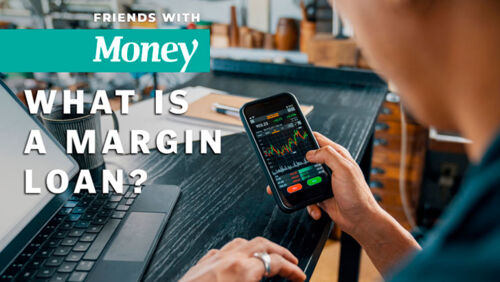Strategies to avoid investment risk in retirement
By David Thornton
In the investment world, performance and risk generally move in the same direction. Investors can boost performance by taking on more risk, but rarely can more performance be had without also upping the risk profile.
Understanding this relationship is especially important for retirees, whose investments often serve as the sole source of income.
The current ultra-low rate environment is making low-risk income yield hard to come by.
New research from Bell Potter sought to identify Aussie income stocks with strong balance sheet ratios, projected dividend growth, and a market capitalisation of at least $1 billion.
While these 18 stocks passed the filter in fiscal year 2020, not a single stock cuts the mustard in fiscal year 2021.
Retirees are adapting to this situation by chasing yield through exposure to lower quality assets.
But it's a strategy fraught with danger.
"It's a travesty that retirees, who spent their lives working and saving to fund their own retirement, are now being forced to take on more risk at precisely the time they should be taking less," says Alastair MacLeod, retirement asset manager at Wheelhouse Partners.
Taking on more risk is even more dangerous during periods of heightened volatility.
"In the scramble for yield what can get missed is that income is only ever as good as the security of the capital generating it. A 20% market correction can very quickly wipe out many years of income and leave the underlying capital base impaired," says MacLeod.
It's not all doom and gloom. Through careful portfolio construction, retirees can protect their income stream without sacrificing asset quality.
"We think investors should not always take a set and forget, or sit and hold approach when it comes to investing. In times like these, investors should diversify, and have a cash allocation to weather the storm," says Jessica Amir of Bell Direct.
"Investors should also be tilting their portfolios to those asset classes that do well when the market and the economy slow - physically backed asset companies like utilities, toll roads operators, and consumer staples, like Coles, which Macquarie says is priced to grow. And in the toll road space, Transurban is growing earnings, revenue and dividends."
MacLeod echoes the need for diversification.
"[One] way of reducing risk is diversifying the capital exposure into different asset classes and regions. For example our fund still generates a 7%-8% yield, but because it is based on a portfolio of global shares it can significantly reduce the concentration risk that is present in most Australian income focused portfolios, especially banks," he says.
Another option is to invest in a fund that includes insurance against extreme market deviations, known as tail-risk events.
Of course, there is no such thing as a free lunch - these safeguards cost money, typically taken out of fund returns. But it's a small price to pay for peace of mind.
"We don't mind spending a little return each year on a downside protection strategy designed to minimise losses in sudden tail-risk type events," says MacLeod.
"Similar to insurance, the tail protection acts to preserve capital during market crashes, which means we have higher confidence the capital will be there tomorrow or into the future and remain a source of consistent income."
Get stories like this in our newsletters.



